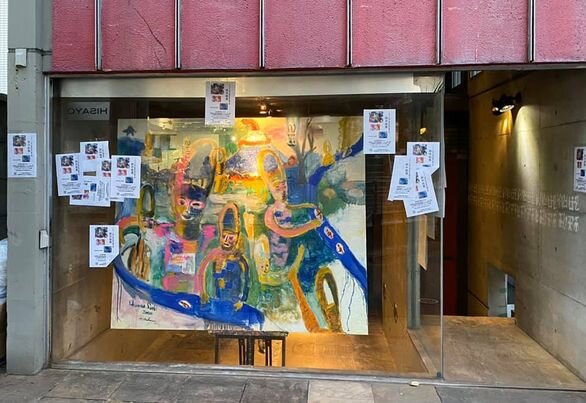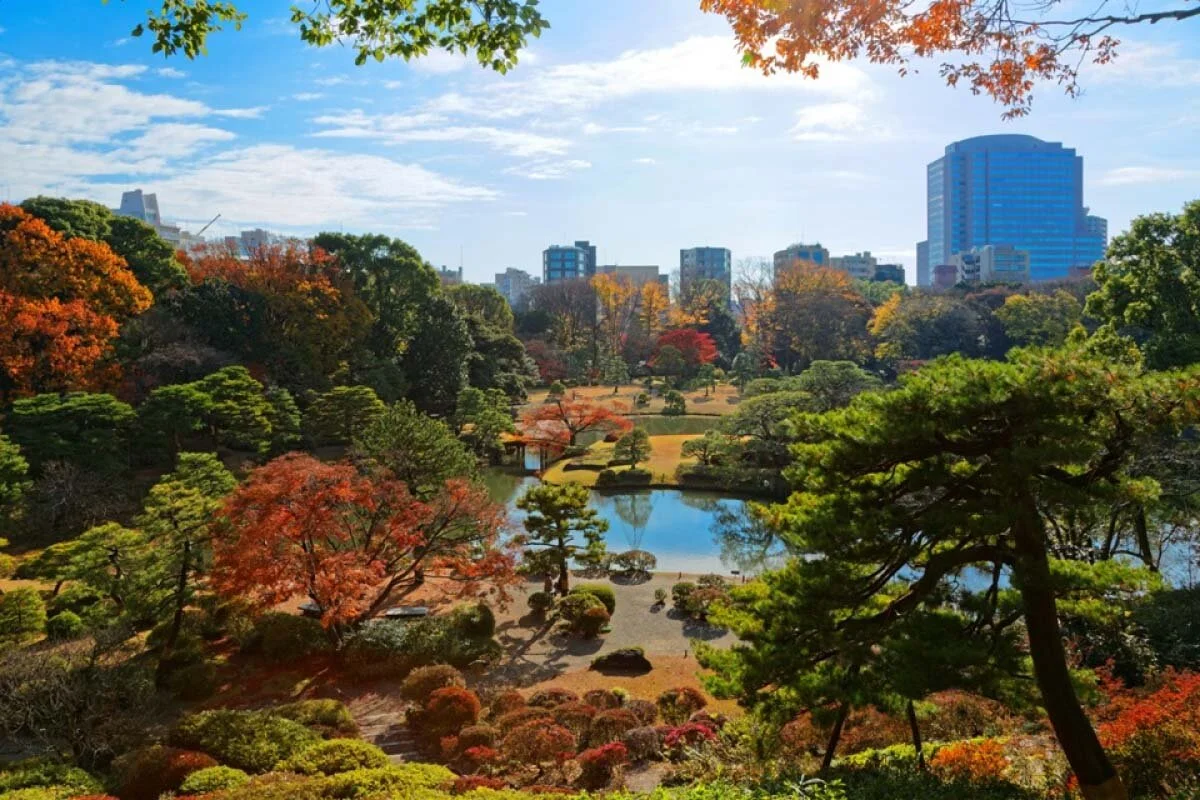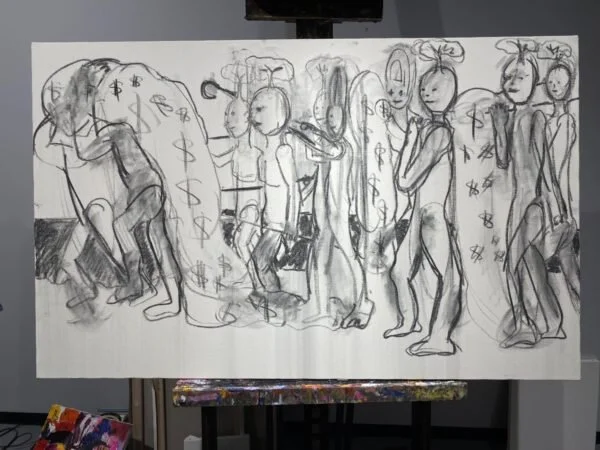In 2008, for the first time I went to New York to sell my work.
At that time, there was no iPhone and didn't know where to find galleries, but I decided to go to New York.
I decided to go anyway, because the demand for paintings in Japan had dropped considerably due to the Lehman Shock, and the street sales I was doing at the time and the exhibitions and sales at rental galleries were not doing well.
I had heard that New York was the home of painting, so I decided to check out every place I could find, and I brought a canvas with about a size 10 painting on it, as well as smaller works.
At that time, the situation of galleries in New York was not as clear as it is today through the Internet and other media.
I read in the guide book that the center of the art area was shifting from Chelsea to the Lower East Side, where the Jews first settled in New York, but I had no idea what that meant.
I didn't have much money then than I do now, so I decided to stay at a cheap inn called the Japanese Guest House.
It was 30 dollars a night. After that, I would often use this inn every time I went to New York.
When I landed at John F. Kennedy Airport, I took a shared bus with instructions from the inn.
I took the bus because it was an hour far from Manhattan and I didn't have the money to take a cab.
I don't remember the details of the bus anymore, but there were only colored people on it.
When we arrived at the inn, the driver told us to get off the bus and go here. But there was no sign of the inn.
I panicked, but I got off and looked carefully at the sign and saw the name of the inn in small letters.
To be continued


















